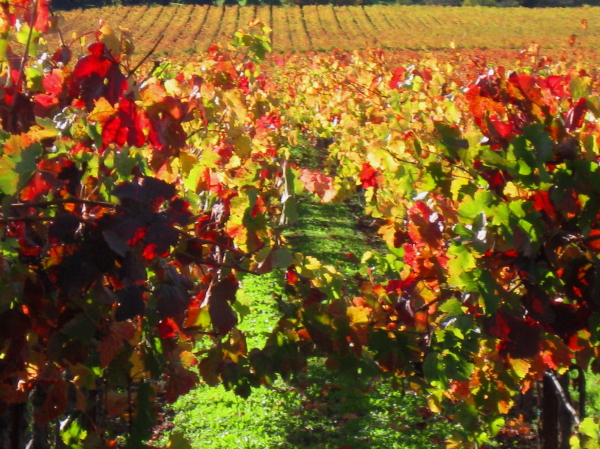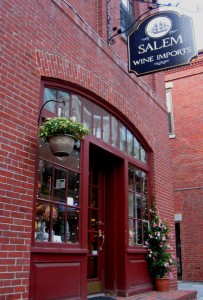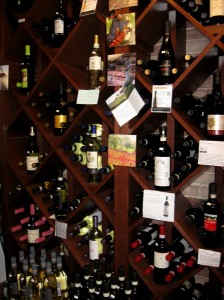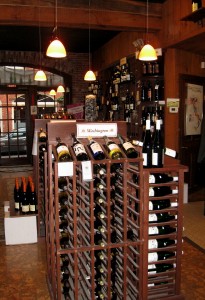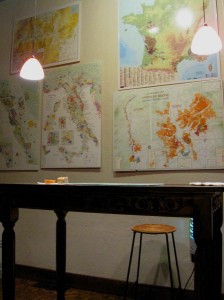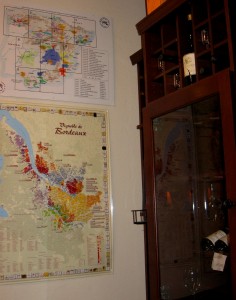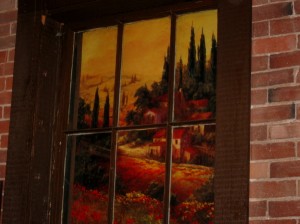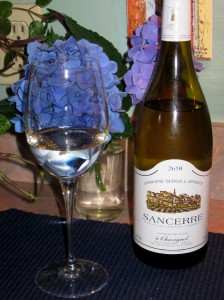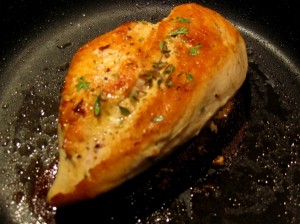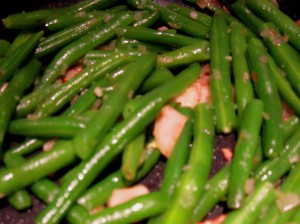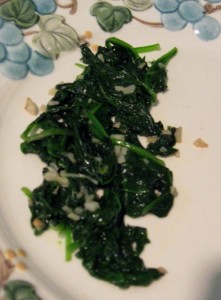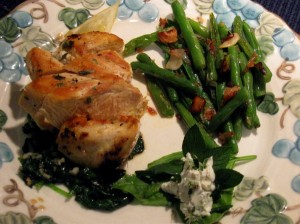Nov 07 2012
Wine Education on the Road
In continuation with the current theme of giving a glimpse of my wine and culinary adventures this summer, this week’s article takes us to Salem, Massachusetts where anyone’s wine knowledge can be expanded.
Salem, Massachusetts, located north of Boston, is well known for the witch trials of 1692, its historic buildings, its museums and numerous restaurants. Yet tucked away in its downtown area is a wine shop, Salem Wine Imports, that offers a selection and wine education compared to none.
The proprietor of Salem Wine Imports is Eric Olson who has been in the wine industry for over thirty-five years. He is often found in the shop himself and if you arrive on Tuesday or Thursday evenings at 6:30 p.m., you have the pleasure of sitting in on one of his wine tastings. Like any good proprietor, he selects a few wines that fit with the season and the crowd that typically attends the tasting and begins to impart his knowledge of wine to his audience. His selections are thoughtful, can be from various parts of the world and generally fall within a certain reasonable price range. Despite having the globe to select wines from, Eric also recognizes local winemakers and during the month of August featured a local nearby winery for a weekend tasting.
On one Thursday night in particular, my brother and I dropped in on one of the wine tastings. The group present was friendly, welcoming, good-natured and most importantly, enthusiastic. They were a group of individuals who have become accustomed to attending on Thursday night and it was easy to feel like you had an instant group of wine loving friends.
Since it was a warm night, Eric had selected three white wines for our group to taste and one lighter bodied red wine: 1) a 2009 Nebbiolo D’Alba Casa Vinicola by Bruno Giacosa; 2) a 2010 Grunet Veltliner by Schloss Gobelsburg, Austria; 3) Varner’s Home Block 2010 Chardonnay from Santa Cruz, California; and 4) a 2009 Puligny-Montrachet, France. Any of these four wines I would personally feature in articles for each wine exhibited the quality and caliber of the wines that I typically promote. Similarly, Eric’s statement on his shop’s web site captures the sentiment succinctly: “Unique, singular, natural and rewarding, every glass can be thought provoking and contemplative or unassuming and unobtrusive as the mood may be.” However, more importantly, the ambience of the back room of the shop where the tastings are held makes one feel welcomed into an Academie du Vin in the sense that maps of various wine regions in the world adorn the walls and similar wine country themed artwork.
Similarly, my brother and I had earlier in the week picked up a bottle of Sancerre from Salem Wine Imports. In France, the wines are often referred to by the appellation or area where they are grown. For example, a white wine that is referred to as a “Sancerre” is made from the Sauvignon Blanc grape, however, the grape itself is grown in a particular section of the Loire Valley, France, consisting of approximately 4450 acres. It is in the Sancerre appellation that Sauvignon Blanc has had some of its greatest growing success and it is evidenced in the wines that are produced. If you have yet to fully appreciate how terroir affects wine grapes, taste a Sancerre and you will learn how a particular grape can be firmly rooted to the very earth where it is grown. It is here that Sauvignon Blanc becomes its most expressive, aromatic and intense.
For those who typically wince at California vintages of Sauvignon Blanc, you will embrace Sancerre. The Sancerre that we decided to enjoy is made by Serge and Elizabeth Laporte (Domaine Serge Laporte 2010 Sancerre, France) and it is grown in hillsides with parcels of clay limestone and stony limestone. It is likely due to this soil composition that it creates a Sancerre that is utterly lovely, with no bracing acidity but instead it is blissfully balanced. It is complete with breathtaking flavors of lemon that lean towards iced lemon water. Its flinty minerality dances across the palate and only at the very back of the palate does one experience a delicious smooth twist of acidity.
Food pairing ideas can range from herbed dishes, chevre, shellfish and poultry. With this in mind, I elected to create a vegetable and poultry themed menu:
- Pan Sautéed Thyme-Chicken Stuffed With Herbed Chevré;
- Garlic Wilted Spinach; and
- Shallot-Garlic Green Beans.
Taking herbed chevré and stuffing a chicken breast is an easy and simple way to keep chicken moist while it is being sautéed on a range. Once one side is browned and turned, thyme leaves are placed on top while a lid is lowered over the chicken breast. The result is not only succulent and delicious but attractive.
When green beans are only boiled for a few minutes and then dumped into a bath of ice water, the cooking will stop. This is a great culinary technique so that they can later be quickly cooked with previously sautéed almonds and garlic and yet the green beans will maintain a bright appealing green color.
Similarly it does not take long to wilt spinach and that makes a healthy and attractive bed upon which slices of the stuffed chicken breast will rest.
To finish the plate, a bit of chevre is placed on the plate as a garnish. However, as a different twist, mint leaves picked from the herb garden are placed beneath. Taken together, the mint and chevre pair spectacularly with a sip of the Sancerre.
The meal when combined with the Sancerre is a wonderful example of how the Sauvignon Blanc grape pairs effortlessly with herbs and tangy cheese like chevré. This is due to the natural acidic nature of Sauvignon Blanc. Again the Sancerre is easy to enjoy, contemplate and share with friends and family. Similarly if you find yourself in Salem, Massachusetts, a visit to Salem Wine Imports will introduce you to wines such as this and a new world of wine education.
*New England has other great wine adventures to offer. Please check next week on this site under the New England Vine tab to begin learning about wines made in New England from grapes grown locally.
Comments Off on Wine Education on the Road
